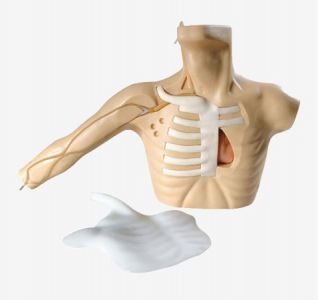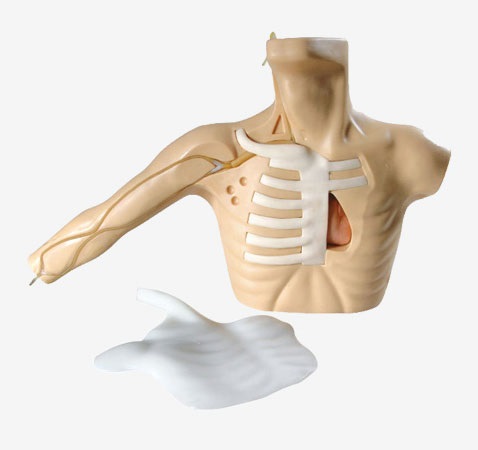
From theory to practice, the model helps peripheral and central venipuncturing skills leap forward

In the medical field, peripheral puncture and central venous puncture intubation are two vital skills that play an irreplaceable role in the diagnosis and treatment of patients. However, these operations are technically complex and require medical personnel to have a solid theoretical foundation and rich practical experience. Fortunately, with the continuous development of medical simulation technology, peripheral and central venous puncture intubation models have become an important tool for healthcare professionals to improve the...

In the medical field, peripheral puncture and central venous puncture intubation are two vital skills that play an irreplaceable role in the diagnosis and treatment of patients. However, these operations are technically complex and require medical personnel to have a solid theoretical foundation and rich practical experience. Fortunately, with the continuous development of medical simulation technology, peripheral and central venous puncture intubation models have become an important tool for healthcare professionals to improve their skills.

First of all, theoretical knowledge is the foundation of mastering piercing skills. Medical personnel need to understand the anatomy of the human body, the distribution of blood vessels, and the principles and methods of puncture. Through systematic theoretical study, medical staff can establish a basic understanding of puncture operation and lay a solid foundation for subsequent practical operation.
However, the study of theoretical knowledge often only stays on paper, and it is difficult for medical staff to truly feel the actual environment and operation process of puncture operation. At this time, the peripheral and central venous puncture intubation model plays a huge role. These models can highly simulate real human anatomy and vascular systems, allowing healthcare workers to practice in a simulated environment. Through repeated practice, medical staff can be familiar with all aspects of puncture operation and master the correct operation skills.
With the practical operation of the model, the medical staff can truly feel the various details and changes during the piercing process. They can observe the position, depth, direction of blood vessels and the structure of surrounding tissues, and these real operating experiences can help them better grasp the key points of puncture operation and improve the accuracy and safety of the operation.
In addition, the model is also reusable. The medical staff can practice several times on the model until they have mastered the technique of puncture operation. This practical way of learning helps to improve the learning enthusiasm and learning effect of medical staff, so that they are more calm and confident when facing real patients.
In conclusion, from theory to practice, peripheral and central venous puncture intubation models provide strong support for the improvement of medical staff's skills. By simulating real human anatomy and vascular system, the model provides a safe and risk-free practice platform for healthcare workers. On this platform, medical staff can practice repeatedly, try constantly, accumulate experience, and finally achieve a leap in puncture skills.

Marketing Center
Hong Kong, ChinaProduction Base
Shanghai, ChinaProducts
Contact Us
 Address: Hong Kong, China
Address: Hong Kong, China
 Phone:+86 19937901373
Phone:+86 19937901373
 Email:sophia@adahealthy.com
Email:sophia@adahealthy.com
 Mobile:+86-0379-65160607
Mobile:+86-0379-65160607








